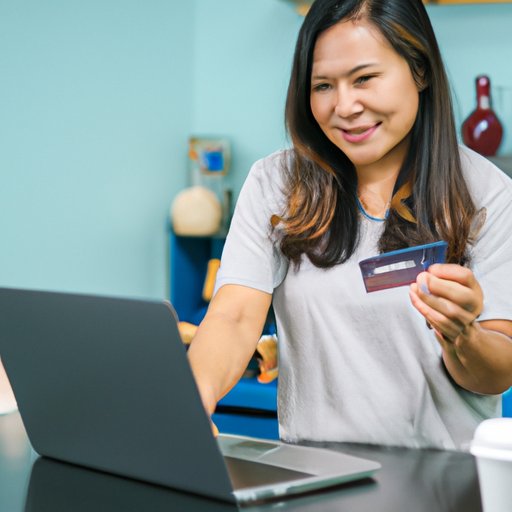
How to Use PayPal: A Beginner’s Guide
If you’re new to the world of online payments, PayPal is a great tool to help you securely send and receive money, shop at your favorite online stores, and manage your finances. With over 305 million active users, PayPal is one of the most trusted and widely used payment systems in the world. In this article, we’ll walk you through the basics of setting up and using a PayPal account, including tips and tricks to help you get the most out of this popular payment platform.
Setting up a PayPal account
Creating a PayPal account is simple and straightforward. Here’s how to get started:
Step 1: Head to PayPal.com and select “Sign Up” or “Get Started” depending on whether you want to create an individual or business account. You’ll then be asked to select your country or region and the preferred language for your account.
Step 2: Enter your personal information, including your email address and a secure password. You’ll also be asked to provide your legal first and last name and address, as this information is needed to verify your identity and ensure you are using PayPal in compliance with local laws.
Step 3: Next, add your bank account or credit card information to your account. This will enable you to send and receive payments, as well as add funds to your PayPal balance if needed.
Step 4: Verify your account. PayPal may require additional information or documentation to verify your account and ensure it complies with local laws and regulations. Check your email regularly to keep up with any additional steps you may need to take to complete your account setup.
Using PayPal for online shopping
PayPal is a great option for online shopping, especially if you want to keep your financial information secure and protected. Here are some key benefits of using PayPal:
- Security: When you shop with PayPal, your sensitive financial information, such as your credit card number and billing address, is never shared with the merchant. Instead, you pay through PayPal, which acts as a middleman, so your information stays safe and protected.
- Convenience: With PayPal, you can complete your purchases quickly and easily, without having to enter your billing and shipping information every time you shop online. Plus, you can keep track of all your purchases and payments in one place.
- Protection: If your purchase doesn’t arrive or doesn’t match the seller’s description, PayPal’s Purchase Protection program can help you get your money back.
When shopping online with PayPal, look for the PayPal option at checkout to make sure the website accepts this payment method. Here’s how to check out with PayPal:
Step 1: Click the PayPal button at checkout.
Step 2: Log in to your PayPal account.
Step 3: Review your purchase details and confirm payment.
Sending and receiving money via PayPal
Whether you’re paying a friend for dinner or invoicing a client for consulting services, PayPal makes it easy to send and receive money securely. Here’s what you need to know:
When you send payment for goods or services, PayPal charges a fee, which is usually a percentage of the transaction total or a flat fee. The exact fee varies depending on the type of payment and the currencies involved.
To send money to a friend or family member, you can use PayPal’s Friends and Family feature, which allows you to send and receive money without any fees. Keep in mind that this feature should only be used for personal payments, not for business transactions.
When sending or receiving money via PayPal, it’s important to stay safe. Here are some tips:
- Only use PayPal to pay for goods and services from verified sellers or buyers.
- Never share your PayPal password or login information with anyone.
- Be wary of unsolicited requests for money or personal information, and always verify the sender’s identity before sending any funds.
PayPal for international transactions
PayPal can be a great option for international transactions, but there are some challenges to be aware of. Here’s what you need to know:
When sending or receiving money across borders, PayPal charges a fee for the currency conversion. The exact fee varies depending on the currencies involved, and PayPal’s exchange rate may not be the most favorable. To reduce fees and get the best exchange rate, consider using a currency exchange service or a credit card that doesn’t charge foreign transaction fees.
Additionally, some countries have restrictions on using PayPal or may require additional documentation to verify your account. Be sure to check local laws and regulations before using PayPal for international transactions.
PayPal for freelancers and small business owners
If you’re a freelancer or small business owner, PayPal can be a valuable tool for managing your finances and getting paid. Here are some ways to optimize your PayPal usage:
- Set up automatic payments for recurring invoices or payables.
- Accept tips from satisfied customers by creating a PayPal.me link.
- Use the PayPal Here mobile app to accept payments in person, either by swiping a card or entering the customer’s information manually.
Conclusion
PayPal is a versatile and user-friendly payment system that can help you securely send and receive money, shop online, and manage your finances. By following the tips and tricks outlined in this article, you can get the most out of this popular payment platform and keep your financial information safe and protected.





